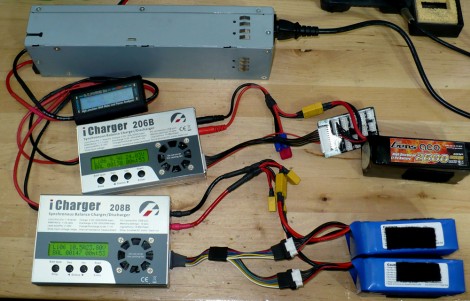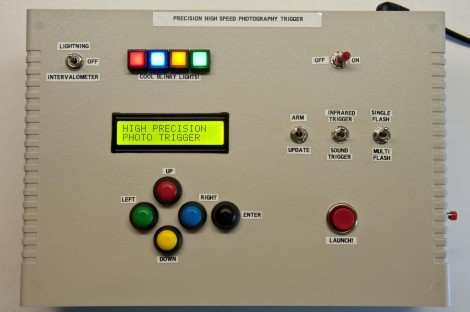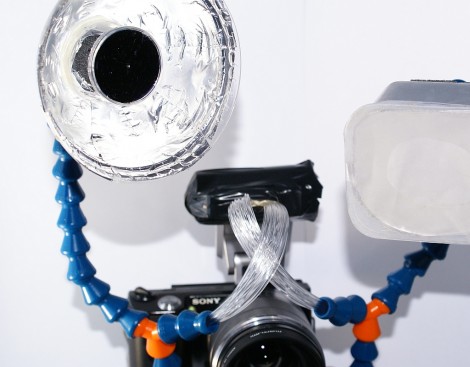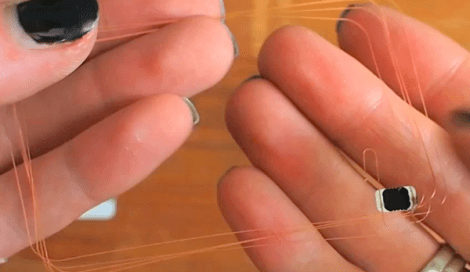
Sensordrone is a sensor-filled wireless dongle for use with a smart phone or other computer-like device. But perhaps this is better explained as the thing that makes your smart phone work exactly as the original Star Trek tricorders did. In one had you have the main unit that displays data, in the other you hold the sensor array which you can wave in front of things to take a reading.
This is really just a Bluetooth module, battery, a handful of sensors, and a breakout header all packaged in a nice case. But seeing it used in the video after the break does make us a little giddy. That breakout header gives you the option of connecting the Sensordrone to RS-232 or I2C devices. The first demonstration is a thermal printer being sent a print job from an Android phone. But the dongle isn’t just a pass-through. It comes with a range of sensors (those three windows in the case) for gas sensing, temperature, humidity, pressure, color sensing, and perhaps a few others.
Continue reading “Sensordrone Really Does Make Your Phone A Tricoder”
















